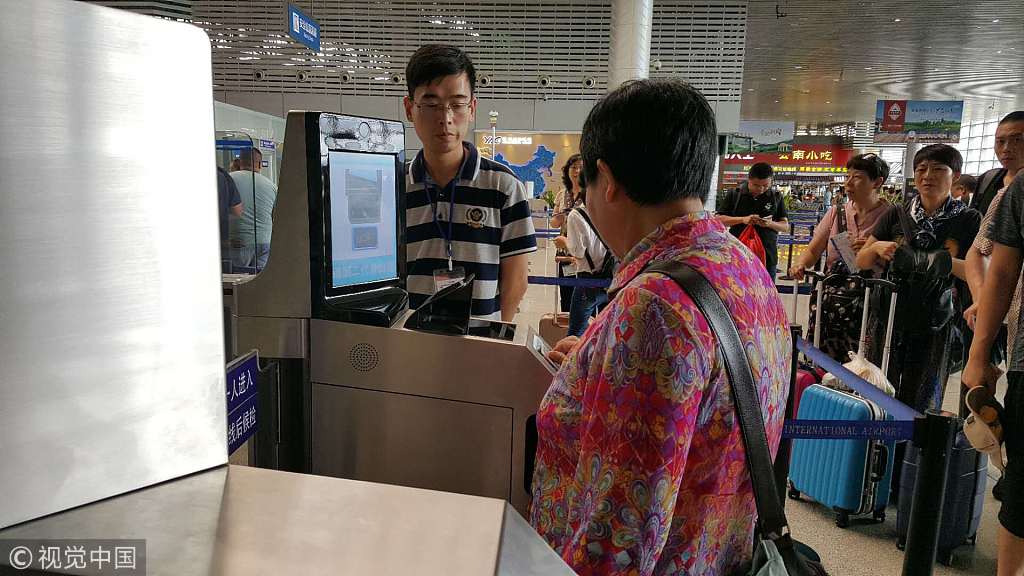Academy converts science to products
By ZHANG ZHIHAO | China Daily | Updated: 2018-09-28 08:23

The Chinese Academy of Sciences will intensify its efforts to transform research into products that can improve society, officials said on Thursday.
Since last year, the academy has actively tried new mechanisms and models to facilitate the transformation of scientific achievements into new products, integrating science with the economy, said Yan Qing, director of the academy's Bureau of Science and Technology for Development.
Its efforts have yielded fruit in the last year, with 13,360 projects from the academy producing 426.9 billion yuan ($62 billion) in sales revenue, Yan said.
Some notable applications include a smart face-recognition system for airport security. The system has been installed at 70 of China's 218 airports, said Shi Yu, a researcher at the academy's Chongqing Institute of Green and Intelligent Technology.
"The system has significantly improved security check efficiency and accuracy at major airports," he said, adding that the system now protects 80 percent of the large airports that have throughputs of more than 30 million people per year.
Between April 2017 to March this year, the system caught 233 impersonators who were using other people's IDs to board airplanes at Chongqing Jiangbei International Airport, Shi said. In 2017, the Chongqing airport had a throughput of more than 38 million people, according to the airport's operator.
The academy has also produced the first chip that combines mobile satellite communication with China's Beidou Navigation Satellite System, said Shi Jinlin, a researcher at the academy's Institute of Computing Technology.
The new chip helps reduce China's need to import high-tech satellite communication equipment and has improved communication for people working in disaster relief, airlines and fisheries, he said.
"It will help provide accessible information to countries participating in the Belt and Road Initiative," he added.
The academy has also produced ultraprecise and ultrafine material for creating engines for China's aerospace programs. These materials are now being used in more than 20 space and aviation companies, Yan said.
This year, the academy has added nine key scientific projects with great application potential into the transformation pipeline. Some of the projects include deep-learning computer processors, a new drug for treating Alzheimer's disease, bio-artificial liver technology and an indoor vertical farming plant factory.
"Our academy will continue to uphold the principle of serving the nation and its people," Yan said.
"We will fully use our knowledge, technology and resources to transform more research into applications, provide more effective scientific support to midlevel and high-level technical products and contribute measurably to socioeconomic development."
























